The Art of Tattooing: Tattooing, a practice that has been around for thousands of years, is a rich fabric of cultural tales, individual expressions, and aesthetic breakthroughs. Tattoos are a reflection of one’s personality as well as a tribute to humanity’s everlasting desire to communicate through visual symbols, from prehistoric tribal markings to cutting-edge body art masterpieces. We’ll explore the origins of tattoos in the past and trace their development into the widespread practice they are now.
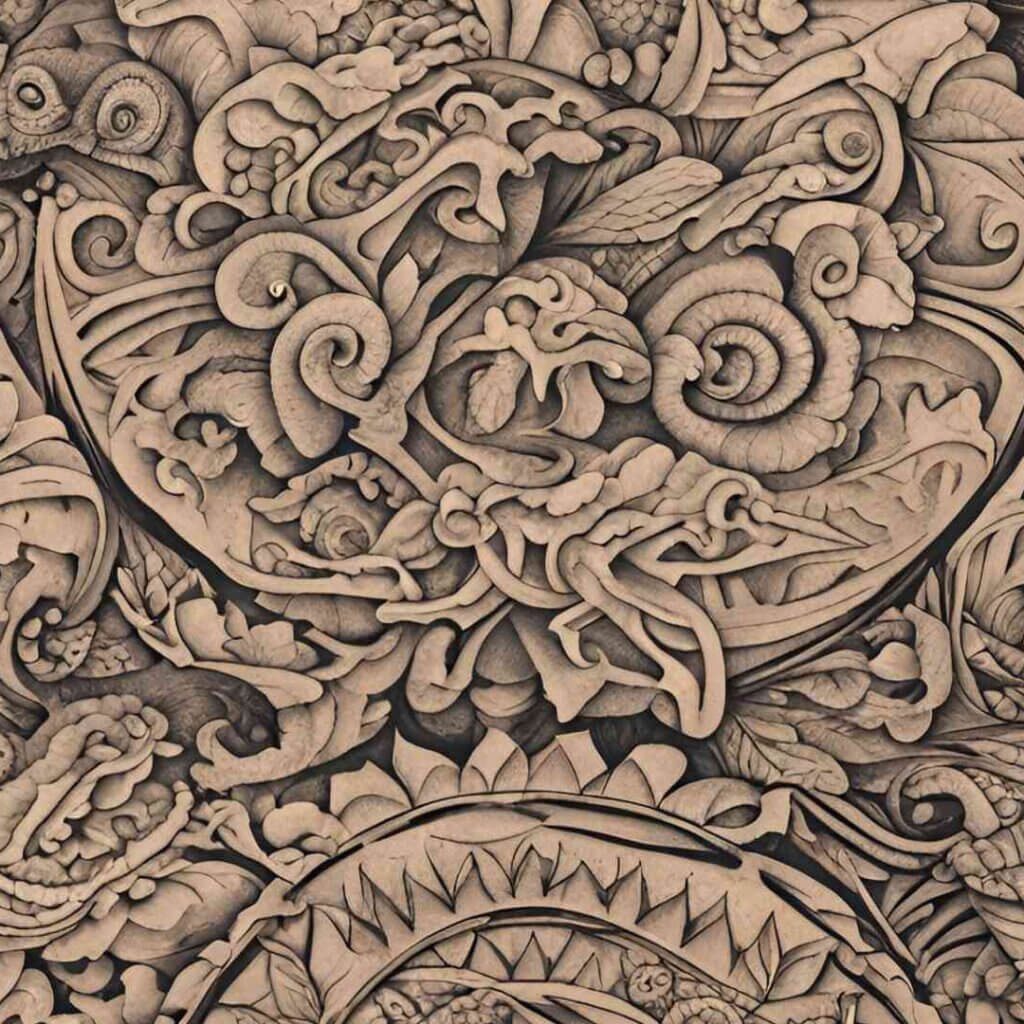
A Look at Old Traditions
Tattooing has its roots in several prehistoric cultures around the world. This art form has always held major cultural and ritualistic relevance, from the Polynesian nations, known for their complex tribal tattoos, to the preserved tattoos on the ancient iceman, Tzi.
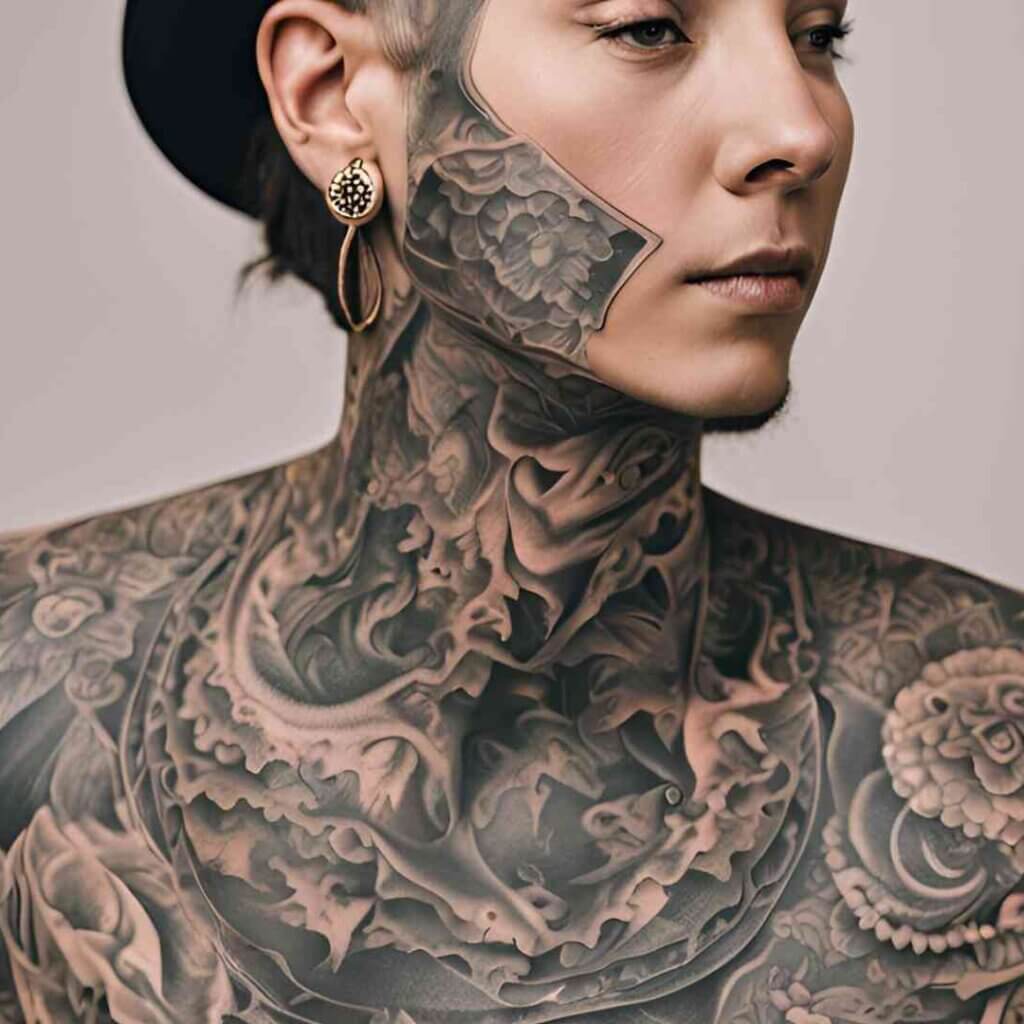
Identity and Symbolism
Tattoos have historically been used as identifiers, signifying a person’s tribe, ancestry, or rank. They also have spiritual meanings, serving as symbols of rites of passage, victories, and protection.

The Development of Methods and Tools
The methods and equipment used in tattooing have changed over time. Although certain traditional techniques, like the Maori moko employing chisels, are still used, electric tattoo machines are primarily used in modern tattooing because they offer better precision and intricacy.
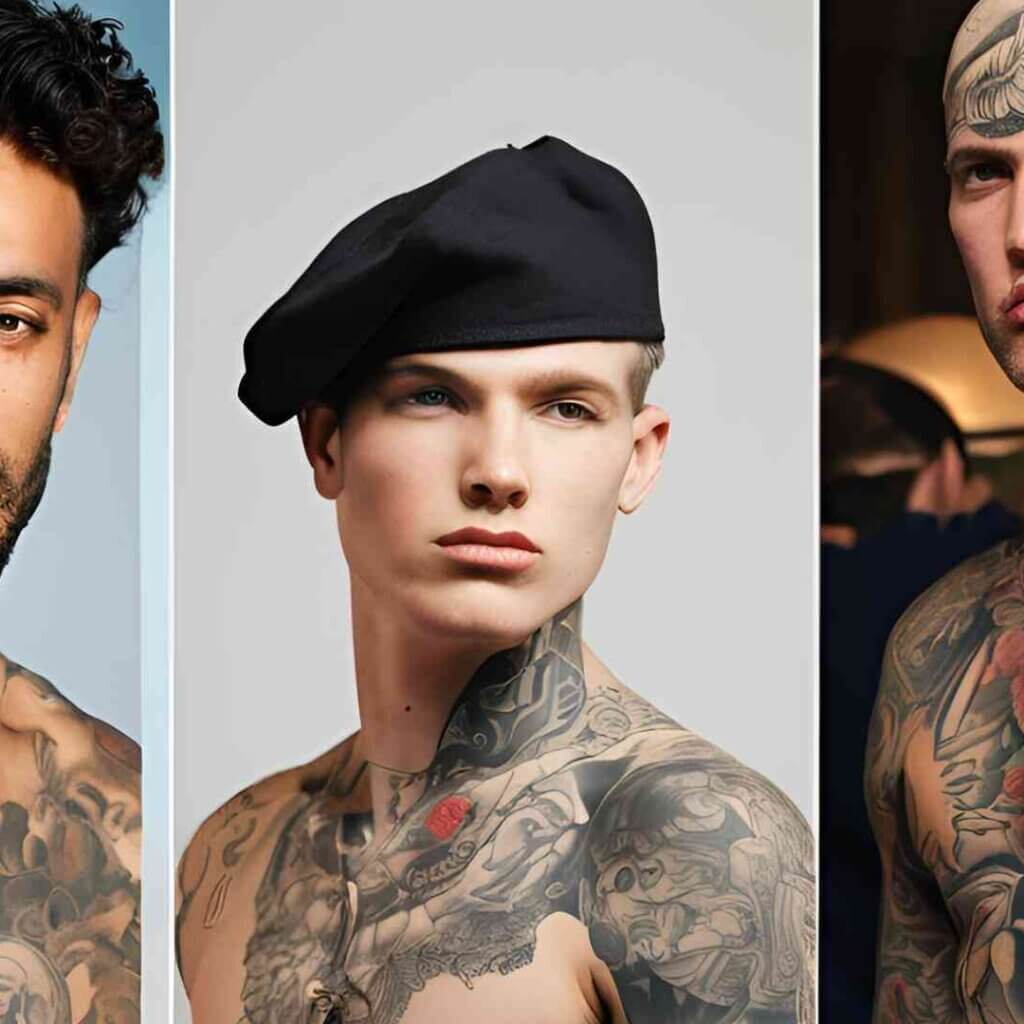
Tattoos, Sailors, and Soldiers: A Historical Connection
Sailors and warriors had a big impact on the tattoo trend in Western culture during the 18th and 19th centuries. Specific tattoo motifs that reflected marine life and military experiences became badges of honor, adventure, and brotherhood.
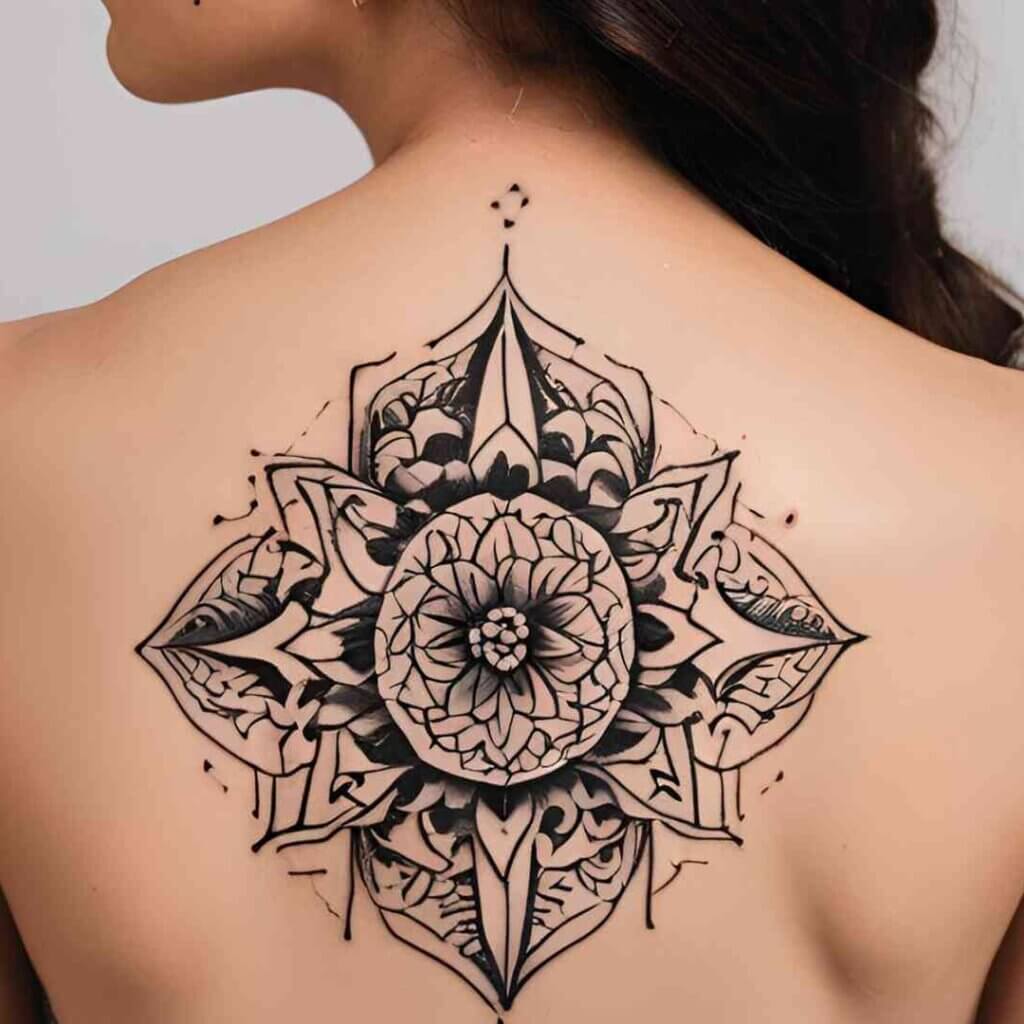
Contemporary Expressions through Tattoos
Modern tattoo culture combines classic themes with cutting-edge artwork. Tattoos with abstract art, portraits, geometric designs, and typography are common. Tattoos now include personal narratives, aesthetic appeal, and even socio-political comments in addition to cultural and ritualistic manifestations.
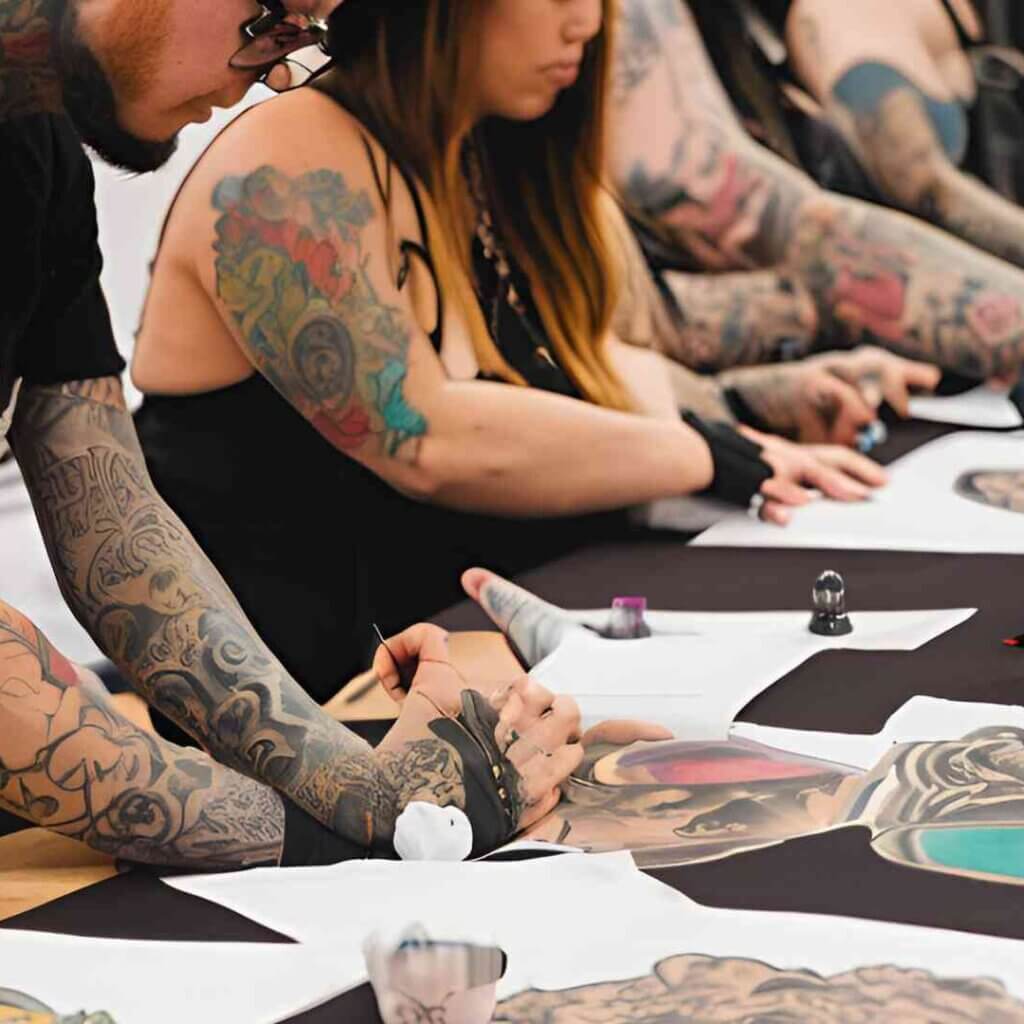
The Evolution of Tattoo Culture and Artistry
The tattoo scene nowadays thrives on camaraderie and originality. Tattoo conventions have spread to become international gatherings of artists, aficionados, and onlookers. These events highlight tattooing as a valid art form while showcasing the newest styles and methods.
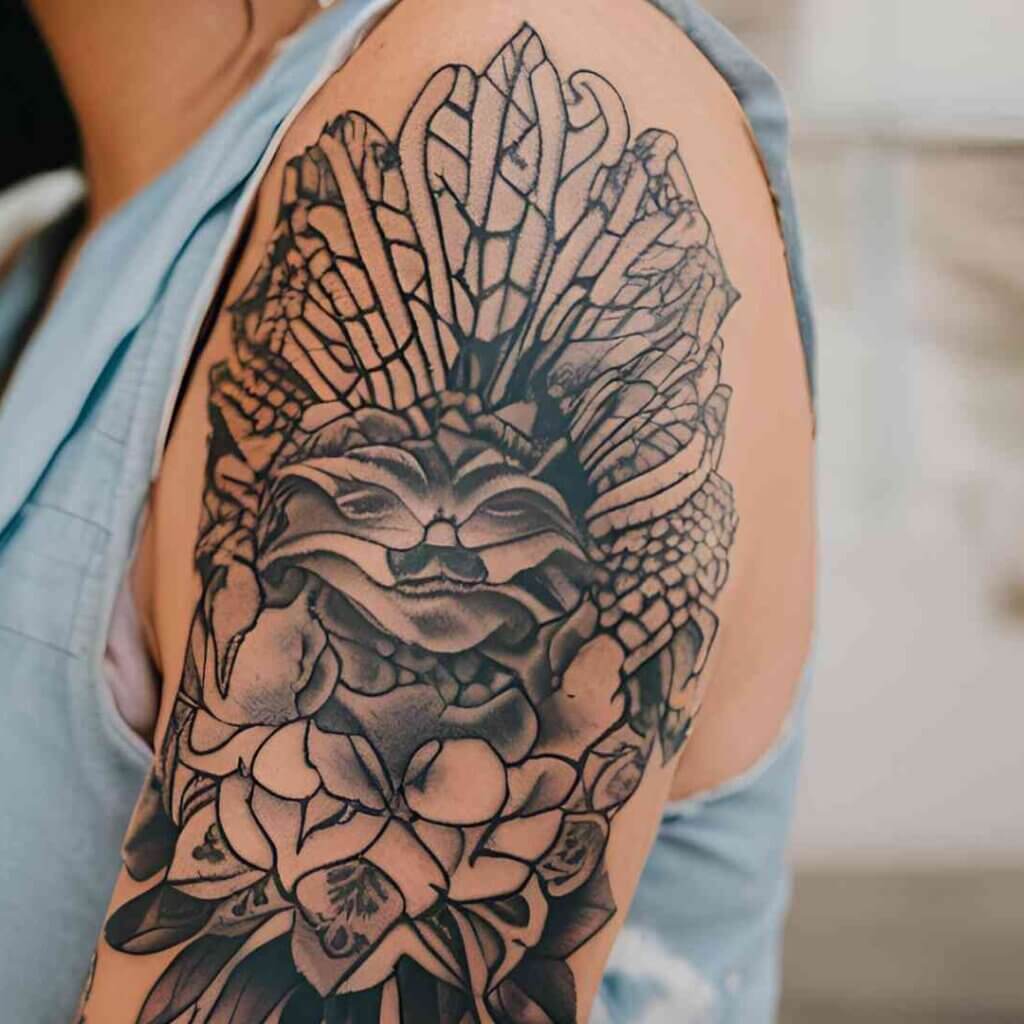
From taboo to mainstream: The Societal Perception
Tattoos have increasingly become widely accepted after being met with skepticism or stigma in some countries. Tattoos are now seen as a form of self-expression rather than a sign of rebellion, thanks in part to the increased number of celebrities and professionals who are sporting them.
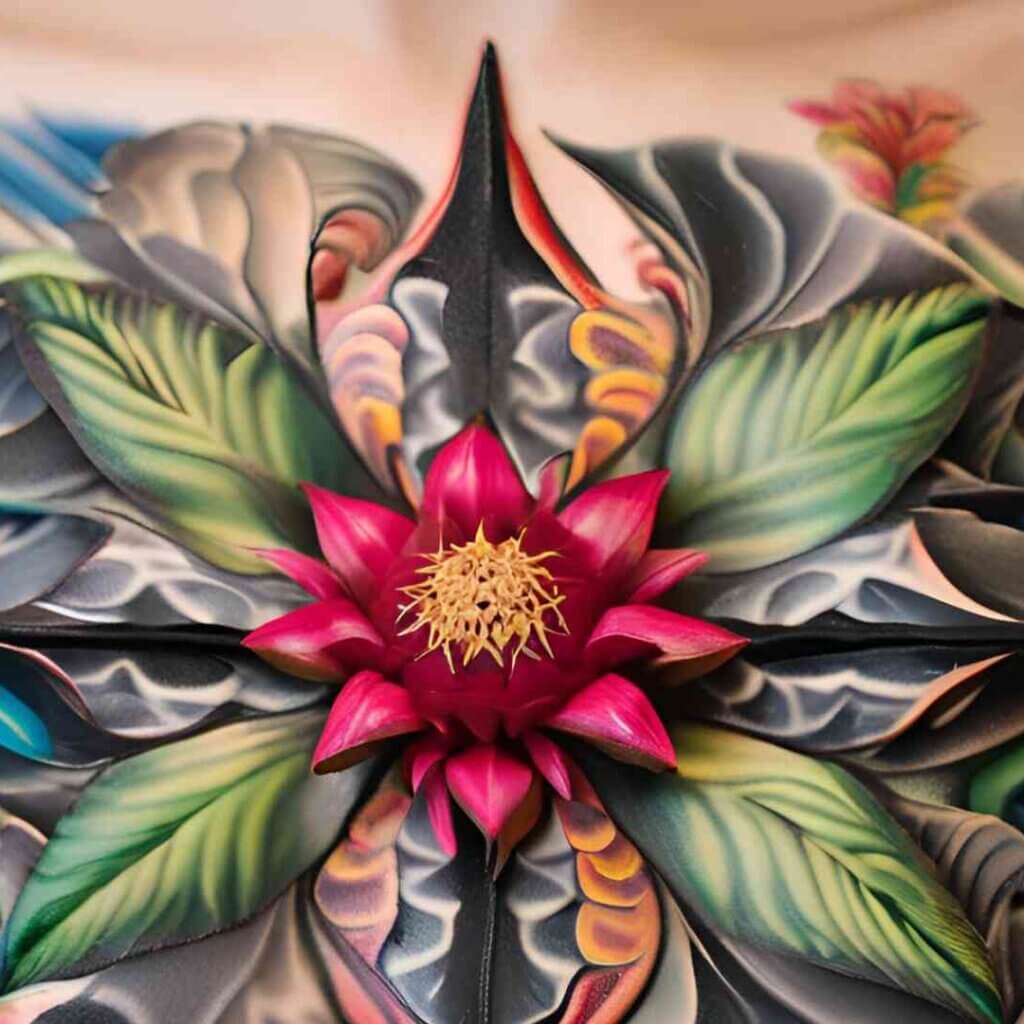
The Future of Tattoos: Beyond Digital Innovation
Technical improvements are causing innovations in tattooing. Temporary digital tattoos, responsive ink, and even three-dimensional (3D) tattoo art hint at the future possibilities of this ancient art form.
Tattoos are a testament to humanity’s yearning for self-expression, identity, and belonging because they are steeped in ancient traditions and constantly growing through contemporary expressions. Our bodies become living canvases as we tattoo our tales onto them, highlighting the collision of our individual histories with our artistic ideas and cultural legacies.





I frequently blog, and I truly value the stuff you provide. In fact, the piece has piqued my curiosity. I’m going to save your website to my bookmarks and keep coming back for fresh content.
I loved even more than you will get done right here. The picture is nice, and your writing is stylish, but you seem to be rushing through it, and I think you should give it again soon. I’ll probably do that again and again if you protect this walk.
I really like reading through a post that can make men and women think. Also, thank you for allowing me to comment!
Your blog is like a beacon of light in the vast expanse of the internet. Your thoughtful analysis and insightful commentary never fail to leave a lasting impression. Thank you for all that you do.